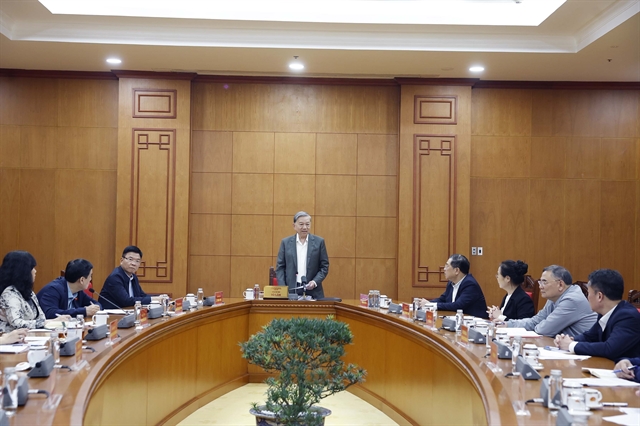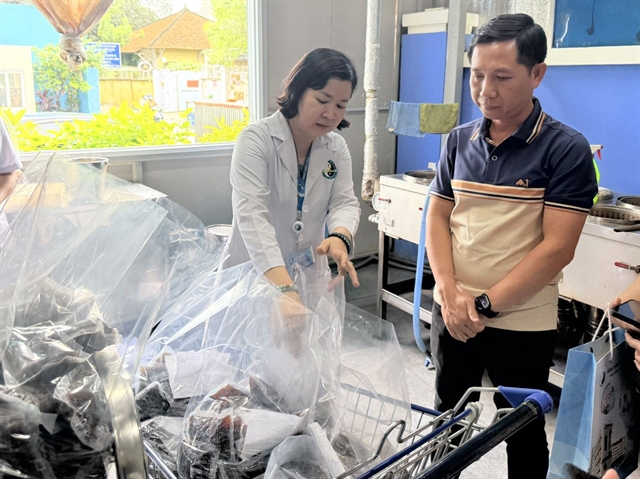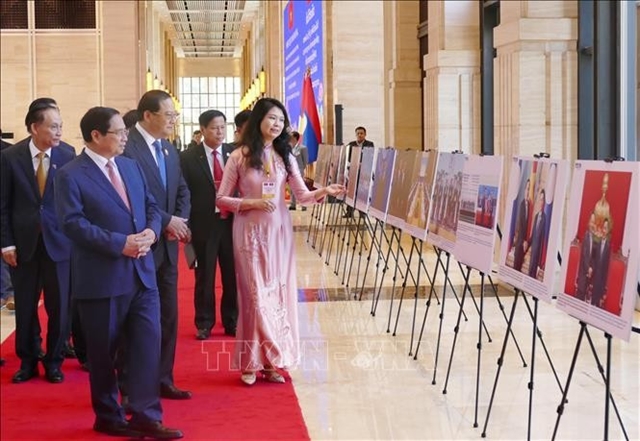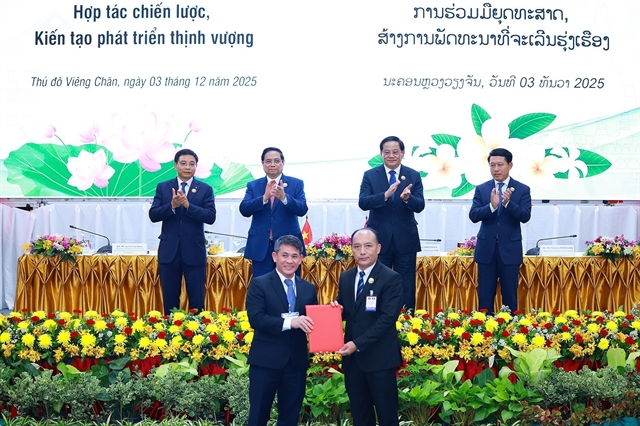 Life & Style
Life & Style

 |
| Reception at the Hạnh Phúc International Hospital in Bình Dương. HCM City is positioning medical tourism as a key pillar in its strategy to diversify tourism offerings. VNA/VNS Photo |
HCM City is developing a range of high-quality medical tourism products to be introduced to the market later this year, targeting visitors who wish to combine travel with healthcare services.
Recently, the city’s Department of Tourism organised a field trip to survey health and wellness tourism models in the former Bình Dương and Bà Rịa Vũng Tàu provinces, now part of the city following their recent merger.
The trip aimed to develop a collection of premium medical tourism products to be launched by year-end, focusing on visitors seeking medical treatment, energy recovery and local cultural experiences.
With demand for health and wellness tourism growing, particularly among mid- and high-income travellers, HCM City is positioning medical tourism as a key pillar in its strategy to diversify tourism offerings.
To this end, the survey team visited medical and wellness facilities to assess their potential and form the basis for all-inclusive medical tourism packages expected to launch in late 2025 and 2026.
Traditional medicine, modern hospitals
At the HCM City Traditional Medicine Hospital, a leading institution in Vietnamese traditional medicine with an internationally certified herbal production system, Dr Đỗ Tân Khoa, the hospital’s director, said Vietnamese traditional medicine has a distinct advantage based on indigenous herbs, therapies suited to Vietnamese physiology, and reasonable treatment costs.
“Techniques such as acupuncture, acupressure, hydrotherapy and therapeutic massage not only treat illnesses but also rejuvenate the mind, making them ideal for health tourism,” he said.
He added that sustainable medical tourism requires close coordination between hospitals and travel agencies.
“Hospitals ensure medical expertise, while tour operators handle logistics and experience design. This collaboration could create uniquely Vietnamese ‘healing - wellness - energy renewal’ tour packages suited to domestic, overseas Vietnamese, and international visitors,” he said.
Dr Khoa also suggested developing “soft hospital” models by linking hospitals with resorts and accommodations to offer care in comfortable, natural settings while easing pressure on hospital infrastructure.
At the Hạnh Phúc International Hospital in Bình Dương, which applies Singaporean medical standards, the delegation observed a model combining international-standard medical care with relaxation services.
The hospital is well known for reproductive support, obstetrics, paediatrics, and family healthcare.
Dr Nguyễn Tuấn, general director of the Hạnh Phúc Hospital, said the hospital aims to work closely with the tourism sector to make Hạnh Phúc a trusted destination for overseas Vietnamese and international travellers.
“We are moving towards an integrated ‘check-up -- care -- relaxation’ model that enhances the quality of healthcare and service experiences,” he said.
Wellness tourism, expansion plan
In Bà Rịa - Vũng Tàu, the Mineral Hot Springs Bình Châu resort offers mineral bathing and wellness experiences amid natural forest surroundings. Visitors can enjoy onsen-style hot baths, mud baths, saunas, meditation, and wellness therapy.
The model is among the most highly rated health tourism destinations in the southeastern region, meeting the growing demand for peaceful spaces that restore body and mind naturally.
The survey delegation also visited high-quality medical institutions such as the Vinmec Central Park International Hospital to explore connections across various services, including health screening, specialist treatment, cosmetic surgery, minimally invasive therapy, and post-treatment rehabilitation.
 |
| Linking medical tourism products with neighbouring provinces helps create a rich and diverse network, enhancing competitiveness across southern destinations. VNA/VNS Photo |
According to Võ Ngọc Điệp, head of tourism accommodation management at the city’s Department of Tourism, Việt Nam welcomes around 300,000 international outpatients and 57,000 inpatients annually, with HCM City accounting for about 40 per cent.
“The city’s strong medical workforce, advanced technology, and competitive costs form a solid foundation for building a regional medical tourism brand,” Điệp said.
“Developing medical tourism products not only involves healthcare but also links with wellness, cuisine, and cultural-historical experiences to create a balanced journey between health and discovery.”
She noted that linking medical tourism products with neighbouring provinces helps create a rich and diverse network, enhancing competitiveness across southern destinations.
Despite strong potential, she added that cooperation between hospitals and travel agencies remains fragmented, with inconsistent pricing and service standards discouraging travellers from booking full medical tour packages.
To address this, HCM City is developing a Medical Tourism Development Plan for 2025-2030, with a vision to 2045, aiming to standardise participating facilities, establish transparent benefit-sharing mechanisms, and promote the sector to build a professional ecosystem.
In the coming period, the Department of Tourism will continue to work with hospitals, resorts and travel businesses to develop all-inclusive medical tourism packages for both domestic and international markets.
These will particularly target overseas Vietnamese returning for Tết (Lunar New Year) and travellers seeking health and wellness experiences during the year-end holiday season. VNS




